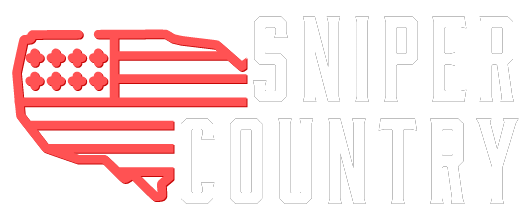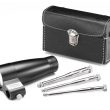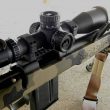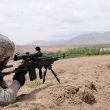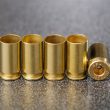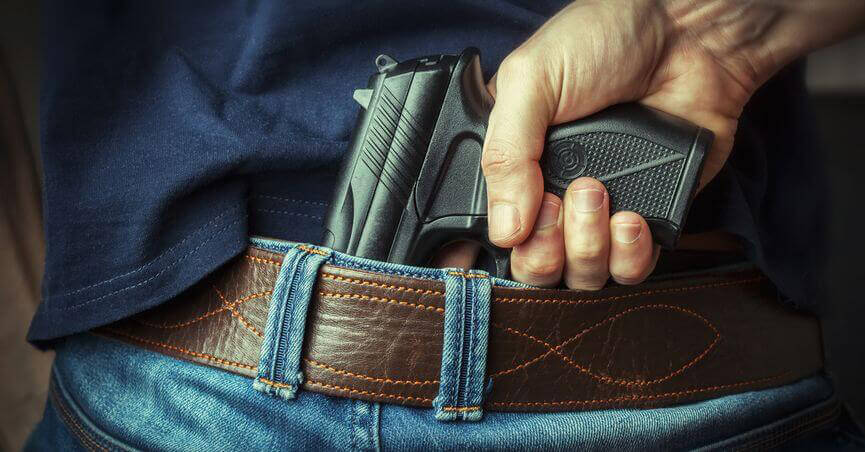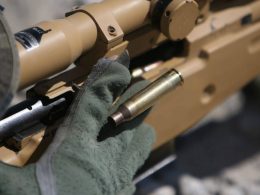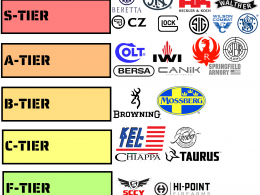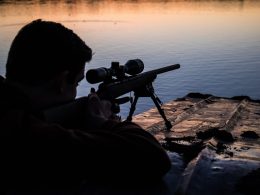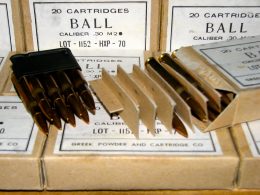The word Sniper was derived from a term used by British soldiers stationed in India in the 1770s. The troops would hunt the Snipe, a small and nimble bird considered extremely challenging to shoot. So, those who were successful in hunting the bird were nicknamed, Snipers.
Although several armies had special marksmen, it was only during WW1 when the German Army exploited the proficiencies of the Sniper by equipping their sharpshooters with scoped rifles. Soon after discovering the German scopes, the British Army started setting up specialized sniper schools.
However, after basic sniping training, the British Sniper saw intermittent action with little skills development. It was only in 2000 when interest was renewed in sniping and the Bn Commanders were compelled to deploy snipers in the field. They are now an established part of a Bn’s Order of Battle.
TRAINING
Basic sniper training has not evolved much since WW2 although the sniper’s weapons and optics have. Training is conducted over a minimum six-week period at the Bn level. The training is based on a WW1 technique the instructors were first trained as snipers who would then train their snipers. During the last week of training, called Badge test week, all snipers have to pass a basic skills test.
SKILLS
The basic training focuses on Seven Basic Sniper Skills that all sniper students are assessed on:
Sniper Knowledge
This consists of developing a comprehensive understanding of the sniper’s goal and tasks, intimately knowing the weapon system, interpreting wind and range calculations, and much more. Unfortunately, instructors give too much attention to History and not the expertise of the job.
Snipers are individually assessed on a written test that requires coming up with solutions for range and wind problems.
Map Reading and Air Photography
Snipers should be able to create a plan of action and navigate around an operational area, so they need to learn how to navigate, how to pin-point features from a map, and interpret and accurately grid and scale air photographs.
The sniper student is placed in an unknown location where he has to find his position from an aerial photo. Following this, the sniper has to identify and solve six problems on the aerial image and six problems on the map. Then at night, the student has to navigate over a distance of 8km carrying a weight of 40lbs and his weapon in 1hr 30 mins.
Concealment
Learning methods of concealment allow snipers to remain undetected so as to have an advantage before engaging with the enemy. Snipers are taught to become experts in camouflage.
Several tests are conducted repetitively, which include the sniper being concealed for 20 minutes at a range of 150 – 300m from two trained observers. Snipers need to stay hidden after firing a blank round at the observers.
Observation
Being able to survey and recall every detail is a key skill in sniping. Snipers are trained to develop their acute attention to detail that allows them to locate any presence of a target or any perceived threat and accurately relay this information back to their Bn.
Snipers are tested to locate 10 military objects between 5 – 300m in 30 minutes using 7x42mm British GS binoculars and a Leupold 12-40 variable with mil-dot reticule spotting scope. After identifying them, they have to illustrate and describe the objects on a panoramic sketch completed within 10 minutes. Points are scored on different factors such as accuracy, neatness, and correct perspective.
Stalking
The art of stalking, mobility, route selection, and determining the best firing position are critical components of the sniper’s training. While remaining undetected, a sniper needs to plan and execute the most effective route to the best firing position, take out the target and then withdraw.
Snipers have to traverse unnoticed over a distance of up to 2 km to locate a two-man op who are partially concealed. Then the sniper has to move to within 150-300m from this target, fire two blank rounds and remain unseen while extricating from the firing position.
Judging Distance
Snipers are training in several techniques to judge distance correctly so they can set up for an accurate shot. Without a scope or binoculars, the Sniper has to correctly evaluate 8 out of 10 unknown distances and be within 15% of the correct range to pass.
Shooting
Conventional and unconventional fire positions are also included in sniper training tests to increase the chance of a kill with the first round.
The Army’s first criteria for a sniper is to get a first-round kill at a man-sized target from a distance of 300m and 900m. Snipers begin at the 900m range and work down to 300m. The challenging aspect is having to stay in conventional kneeling and sitting positions on which snipers are scored. The reason these positions are emphasized is because the prone position doesn’t work for taking the shot.
Another part of the shoot test is completed at night using the CWS, Common Weapon Sight, 4x magnification. The maximum range of a night shoot is 300m because of the ambient light affecting the scope quality. As an aside, when using the Simrad on the .338, it’s possible to achieve hits at 600m with no ambient light.
Standards
Sniper students are assessed individually to ensure each trainee is competent and proficient under extreme conditions and worst-case scenarios including operating alone after losing a partner.
To qualify as a sniper, 75% mastery must be achieved to pass every skill and discipline required. Re-tests are permitted but if students fail one part, they fail the entire test. Another two weeks of re-training are required before attempting to take the test for the final time.
SUMMARY
After the basic sniper course is completed, continuation training starts where snipers learn to work in pairs and operate effectively in special warfare operations. Snipers never stop developing their skills and they need to master a range of expertise in communications, First Aid, and operational procedures. Snipers train hard and they train for war.
